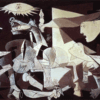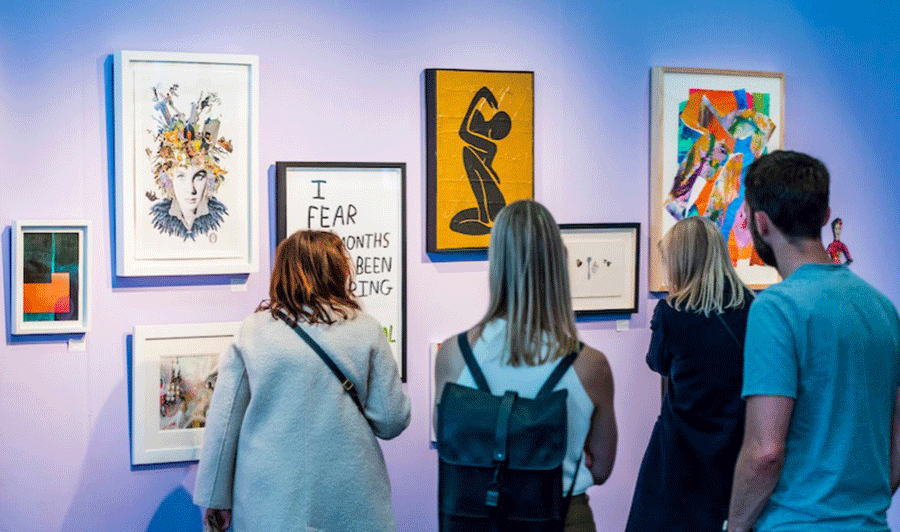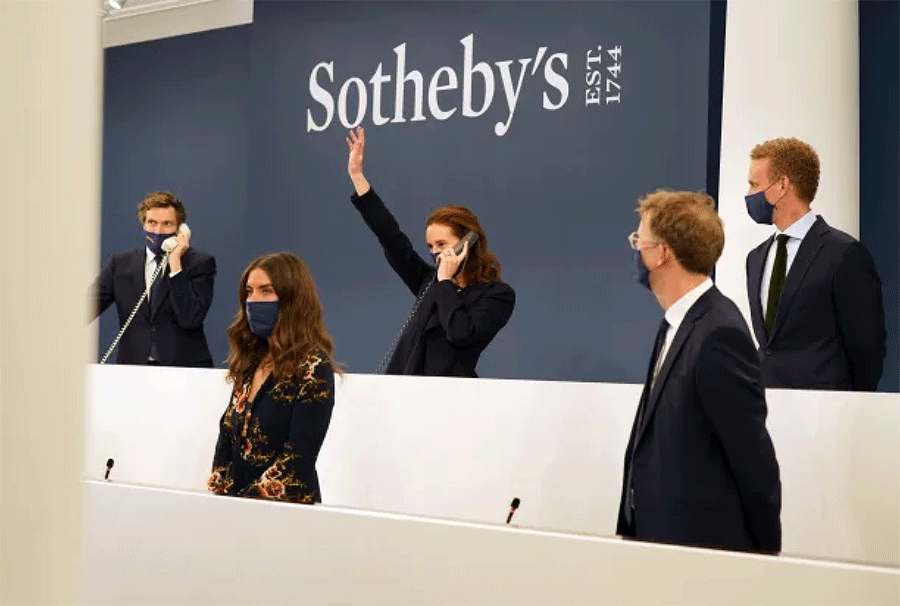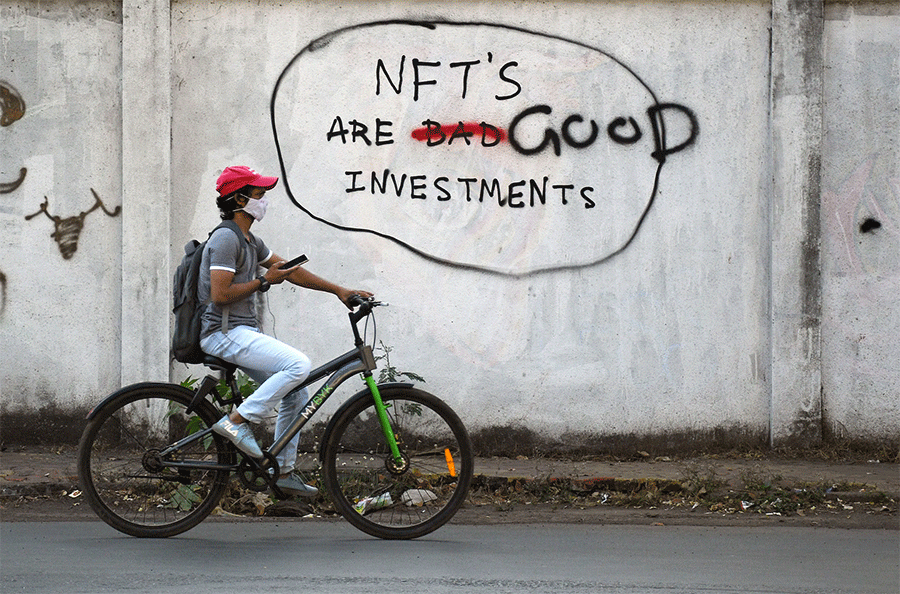Some Ideas About Investing
Bargains to Blue-Chip Triumphs
Investing in art can seem like diving into a bottomless ocean. It's deep, vast, and sometimes murky. But here’s the thing—if you learn where to dive in, you can find clear water and you don’t need to spend heaps to start investing.
And most importantly, you can still find art you love. For the sake of this blog, I’m referring to original art, and focusing on finances. For ideas on finding art you love, read this blog.
Art below £1,000?
If your budget is under £1,000 then you’re just buying the art itself and seeking pieces that sing to your soul. Let’s not miss the obvious: you could pick up a brush, a camera, or even some clay, and start making your own art. You’d be surprised how rewarding it can be, and with numerous tutorials available online it’s a great way to build a personal connection with the art you display in your home. Personally, I believe we all have an artist inside us.
It's also worth noting that most families have pieces made by their kids which, if framed, would look great. People often underestimate what good framing can do.
But if your own creations don’t turn out to be quite gallery-worthy, there are other ways to find art you love on a budget. Think of browsing Etsy—it might not be dripping with nuance or novelty, but if it resonates with you, that’s what counts.
Budget below £8,000? The Emerging Art Market
As your budget grows, so do your options. Enter the Affordable Art Fair (AAF), the holy grail for art enthusiasts who want something original made by professional artists. We occasionally have a stand at the AAF and, full disclosure, the UK Director is a friend. Good on him. The event has democratised access to contemporary art, showcasing a wide variety of Emerging Artists.
Still, for investing we must acknowledge that Emerging Art is unlikely to increase in value. It might. There’s a lot of sublime talent just waiting for the right people to notice - after decades of anonymity Susan Boyle got a record deal. But this is equally rare in art as music. Many impressive artists never graduate beyond a subsistence career, and these budgets reflect how much they need to feed their kids.
Mid-Career: Where Art and Opportunity Meet
After Emerging, we have Mid-Career and Established Artists. These terms reflect the same journey to a place where the artist’s work is selling for more on the secondary market (usually at auction), than on the primary market (usually at a gallery).
There are many ways to describe this journey. Our approach has been to study a variety of Established Artists, and reverse engineer what happened in their careers. How did it happen? From this we developed a 15-point scale which includes factors like:
- Where’d they study, or who was their mentor
- Exhibition track record and public following
- Inclusion in significant collections (like museums)
These can give us a reliable insight into the trajectory of an artist’s career. If a Mid-Career artist scores 8 to 12 on our scale, but they haven’t had work sell on the secondary market, they might be a good opportunity (most artists above 12 on our scale are Established).
Another factor can be the age of an artist (we didn’t make the rules). If an artist is 70 years old, and if they’ve earned their living as an artist for 50 years, they have 50 years of customers. They have a market. When the supply to that market ends, the price often goes up.
Finding strong mid-career artists to collect has become a speciality.
The Blue-Chip Guide
The safest investment is to buy original work from an Established Artist. These come with a healthy price tag – as we go into 2024, the floor for original blue-chip work is about £50,000.
The holy trinity of auction houses—Sotheby’s, Christie’s, and Phillips —play a crucial role in establishing an artist's market value. A strong showing at auction can significantly boost their value on the primary market. But, while auction houses can be a convenient way to buy blue-chip art, they come with hefty fees. Which is why serious collectors employ art advisors instead.
It's important to note that the art market is less liquid and more unpredictable than traditional financial markets. However, with the rise of platforms like Artnet or Artsy, which provides detailed auction histories, the market has become more transparent, making it easier for investors to gauge the value of a piece.
What’s the Dodgiest Part about the Art World?
It’s unregulated. So things happen in the art world all the time that would be called ‘insider trading’ anywhere else.
For example, when an artist’s work is exhibited by an important museum, that decision is a boost to the valuation of his work. That museum’s board members, who made the decision to exhibit that artist, are well connected. They have relationships with the people who sell the work, and have often chosen to personally collect the artist whose work they are now exhibiting. So they, and any friends they encourage to buy that artist, now benefit from the exhibition.
Part of the job of a good advisor is to be aware of these things, and to help their clients profit from them. We refer to this as the artist’s Network, or fourth N, which we can use to understand the art world. (my blog on the other N’s)
Like the plague..
Avoid trends and hype (like NFTs). Do not try to flip art. Whilst occasionally successful, even well connected museum board members invest in art for the long haul. The general rule of thumb is to own a piece for 10 years before even thinking of selling it.
My official recommendation.
If you’ve read any of my other blogs, you know I’m all about finding art that’s personal, and meaningful, and that you love. And I think you can find art you’ll love at any budget. But that does not mean to play it safe. Safe art is boring.
So take some risks. When it comes to investing, my recommendation is that your budget should make you a wee bit uncomfortable. Without any discomfort, the decision can become decoration. There are no stakes. Art is meant to get the blood pumping.
I am not saying every piece of art you buy must be an investment piece. Own some emerging work, or prints. I certainly do. But for your investment decisions, have some fun. Roll the dice a little. Whatever budget you find comfortable to spend, add 50% to that.
Here are my 6 Tips for the art investor:
1. Buy What You Love
Does your heart skip a beat? As there are no financial guarantees, make sure it resonates with you on a personal level.
2. Consider an Advisor
A good advisor is worth their weight in gold. If you’re serious about art investment, they’ll help you navigate the market and avoid costly mistakes.
3. Do Your Homework
Knowledge is your best friend in the art world. Use platforms like Artnet and Artsy to track auction histories and market trends. Immerse yourself in the art world—attend gallery openings, fairs, auctions.
4. Play the long game
Art isn’t about quick wins. Strong pieces by well-regarded artists with good networks tend to appreciate over time.
5. Avoid Hype
NFTs were the talk of the town, and now… well, not so much.
6. Roll the Dice
If you are following steps 1-5, art is not about being safe. Find an acceptable level of discomfort, and invest in what you love.
Conclusion: The Art of Investing
Investing in art is as much about passion as it is about finance. By understanding the different levels of the art market and taking a thoughtful approach, you can build a collection that not only enriches your life but also holds the potential for financial gain. Whether you're starting with a modest budget or diving into high-stakes investment art, the key is to combine personal taste with market knowledge, ensuring that your art collection is both meaningful and valuable.
Have a great weekend,
Richard
Founder
Featured Posts
-

Artspeak, Simplified
Three N's: Nuance, Novelty, and Narrative. Thes... -

Secrets of Great Portraits
What stars need to align to transcend the super... -

RAD Friday #30
Lots to share today. In the last month...



